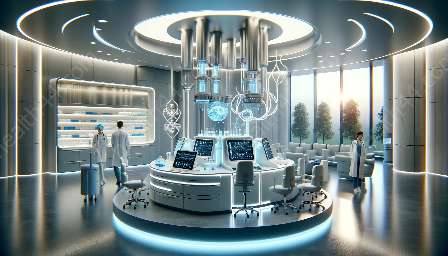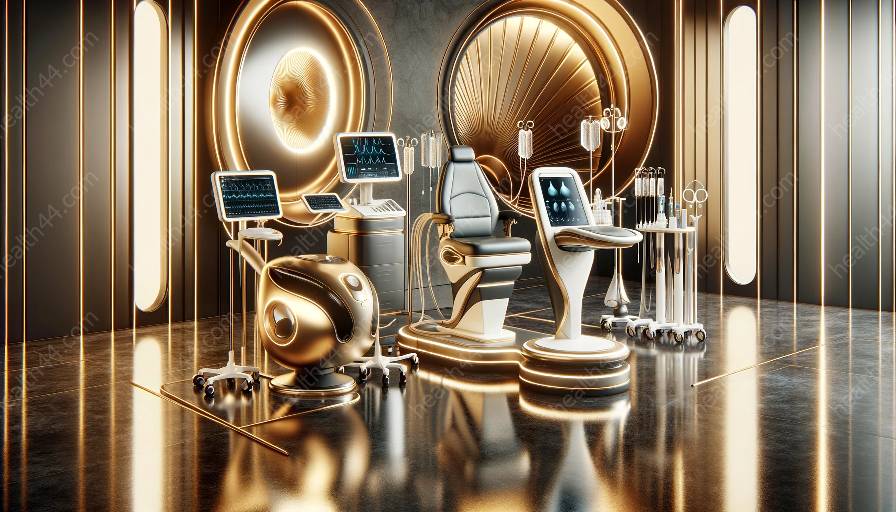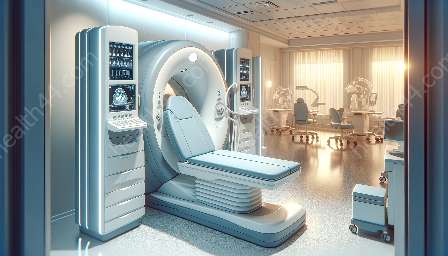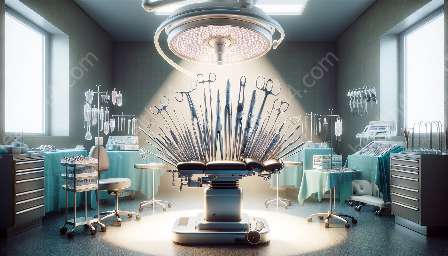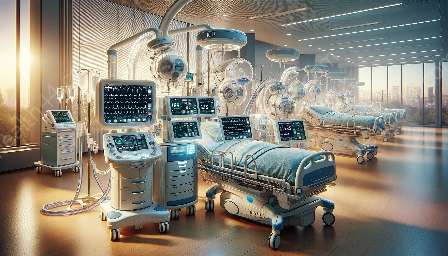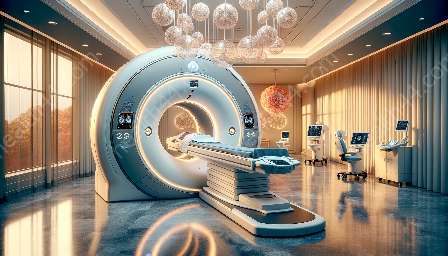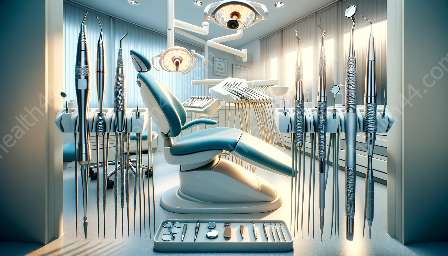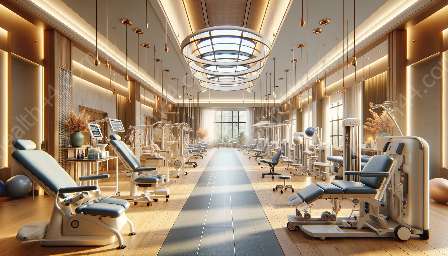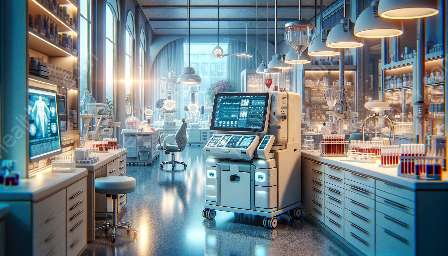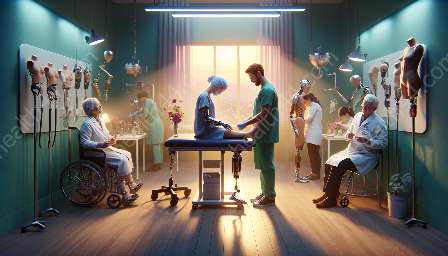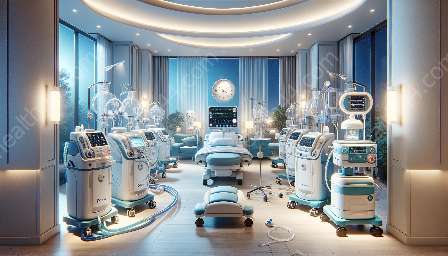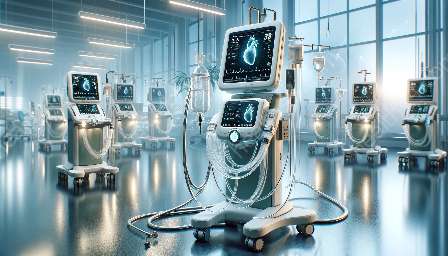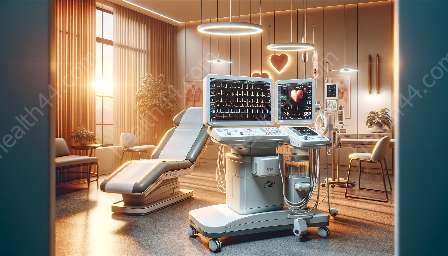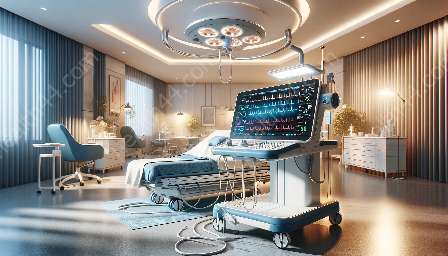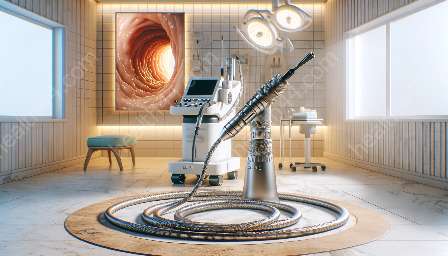In the rapidly evolving field of healthcare, medical devices and equipment play a crucial role in diagnosis, treatment, and patient care. The constant innovation in this sector has revolutionized the way medical professionals deliver care and has significantly improved patient outcomes. This comprehensive guide will explore the latest advancements and the impact of medical devices and equipment in the context of health.
The Evolution of Medical Devices and Equipment
Medical devices and equipment have come a long way from their humble beginnings. Historically, healthcare providers relied on basic tools and instruments to diagnose and treat patients. However, with advancements in technology, the landscape of medical devices and equipment has transformed significantly. From the invention of the stethoscope by René Laennec in the early 19th century to the development of sophisticated imaging devices and robotic surgical systems, the evolution has been remarkable.
Impact on Diagnosis and Treatment
The integration of advanced medical devices and equipment has had a profound impact on the diagnosis and treatment of various medical conditions. For instance, imaging technologies such as MRI and CT scans have revolutionized the way healthcare professionals visualize and understand internal bodily structures, enabling more accurate diagnosis and treatment planning. Furthermore, the advent of minimally invasive surgical instruments has made surgical procedures less invasive and reduced recovery times for patients.
Enhancing Patient Care
Medical devices and equipment have also elevated the standard of patient care. From wearable monitoring devices that allow continuous patient monitoring to automated medication dispensers that ensure precise dosage administration, these innovations have contributed to improved patient safety and comfort. Additionally, the integration of telemedicine devices has expanded access to healthcare services, particularly for remote and underserved populations.
State-of-the-Art Technology
The latest advancements in medical devices and equipment leverage cutting-edge technology to address complex healthcare challenges. Innovations such as smart implants, 3D-printed prosthetics, and robotic exoskeletons are revolutionizing the treatment of chronic conditions and physical disabilities. Moreover, digital health solutions, including mobile health apps and remote monitoring systems, are empowering patients to take an active role in managing their health.
Regulatory Framework and Safety
Given the critical role of medical devices and equipment in patient care, regulatory bodies such as the Food and Drug Administration (FDA) and the European Medicines Agency (EMA) impose stringent safety and quality standards. These regulations ensure that medical devices and equipment undergo rigorous testing and adhere to established safety protocols before they are approved for clinical use. Compliance with these standards is essential to uphold patient safety and maintain the integrity of healthcare systems.
Challenges and Opportunities
While the advancements in medical devices and equipment present unprecedented opportunities for improving healthcare, they also pose challenges. Data security and privacy concerns related to connected medical devices, interoperability of different systems, and the equitable access to innovative technologies are some of the issues that the healthcare industry grapples with. Addressing these challenges requires collaboration among healthcare providers, technology developers, and regulatory bodies to ensure that the benefits of these innovations are maximized while mitigating potential risks.
Future Directions
The future of medical devices and equipment holds immense promise for transforming healthcare. Emerging technologies such as nanomedicine, artificial intelligence (AI) in medical diagnostics, and bioelectronic devices are poised to redefine the way diseases are diagnosed, treated, and managed. Furthermore, the convergence of medical devices with data analytics and personalized medicine is expected to individualize patient care, leading to better treatment outcomes and enhanced patient experiences.
Collaboration and Innovation
As the field of medical devices and equipment continues to advance, collaboration among healthcare professionals, researchers, engineers, and industry stakeholders will be pivotal. This collaborative approach fosters innovation, accelerates the development of breakthrough technologies, and ensures that these innovations are seamlessly integrated into healthcare delivery systems, ultimately benefiting patients worldwide.
Inclusive and Accessible Healthcare
Advancing medical devices and equipment must also prioritize inclusivity and accessibility to ensure that the benefits reach all segments of society. This involves addressing disparities in healthcare access, creating cost-effective solutions, and leveraging technology to bridge geographical and socioeconomic barriers. By promoting inclusive and accessible healthcare, the impact of medical devices and equipment can be maximized, contributing to improved population health and well-being.



















